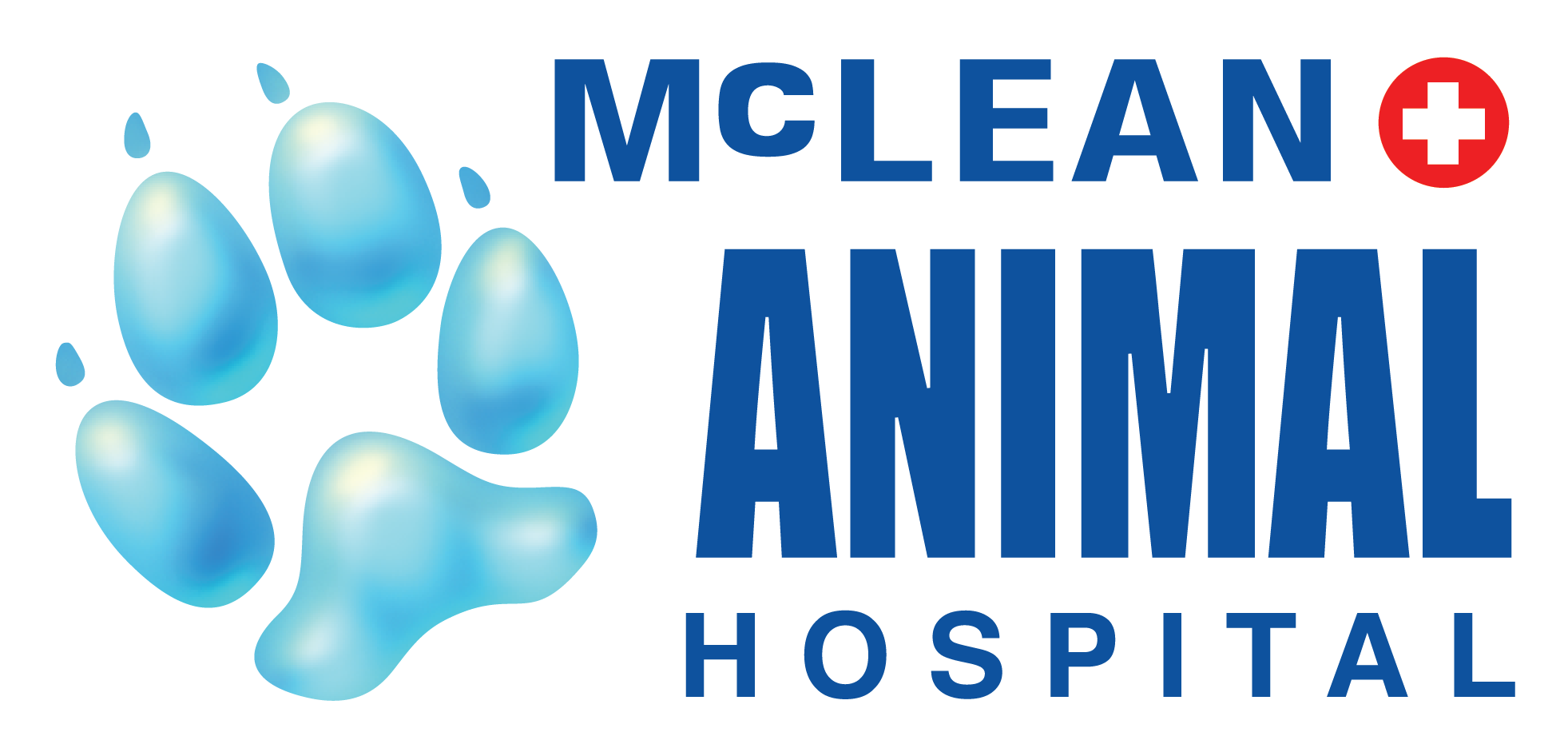Every spring, you probably hear us talk a lot about heartworm disease; taking efforts to both test for and prevent this deadly disease. What we fortunately don’t need to discuss as often is the treatment of heartworm disease, but because of the complexity and expense of treatment, the length of time needed to treat and frustrating nature of treatment. I want to share a summary of the treatment of heartworm disease, if for no other reason than to stress the importance and advantage of prevention.
Once a dog’s heartworm test comes back positive, the first thing we do is repeat it on a second blood sample. If this second test is also positive, then we have confirmation of the dog’s heartworm infection. The next step is assessing when the dog would have contracted the disease. This is important because the medication used to kill the heartworms themselves does not kill anything younger than 4 months old, so we must literally wait until all the worms are at least this age.
The next step is starting 1 month of twice daily relatively high-dose antibiotics, in order to treat the bacteria that actually live INSIDE the heartworms themselves. Once this is completed, we have the dog back for a full day in hospital, in order to give the first of THREE DEEP INTRAMUSCULAR injections. This medication is not only VERY expensive but also very painful if it contacts the skin of the dog (thus the need to inject it deep into the muscle). The dog is sedated for this procedure, monitored all day after the injection, and sent home on a tapering dose of steroids to be given over the next month.
The injection is then repeated one month after the first, followed by a third injection the day after this second injection, being sedated and monitored in hospital each time, and sent home with another month’s worth of steroids to be given at home for yet another month afterward.
Perhaps most frustrating, is during this entire process, the dog must be strictly cage rested and only walked on a short leash for bathroom breaks – failure to do so and allowing your dog to be more active can lead to embolisms, right-sided heart failure, and even sudden death.
A safe heartworm preventive (Revolution) must be applied monthly throughout the process as well.
Given the expensive medication, antibiotics, steroids, preventive, hospitalizations and sedations, it comes as no surprise that treatment of heartworm disease is very expensive, easily surpassing $2000 in a larger dog.
If this all sounds like a headache, we certainly agree. It’s a literally painstaking process that is stressful to all, your dog especially, and expensive for you. Also, though the success rate with the above protocol is a reassuring 98%, it does not assure a cure and the entire process may need to be repeated. In order to avoid the headache that is heartworm treatment, please be diligent with your heartworm testing and prevention each summer, and we’ll all breathe a lot more easily.




